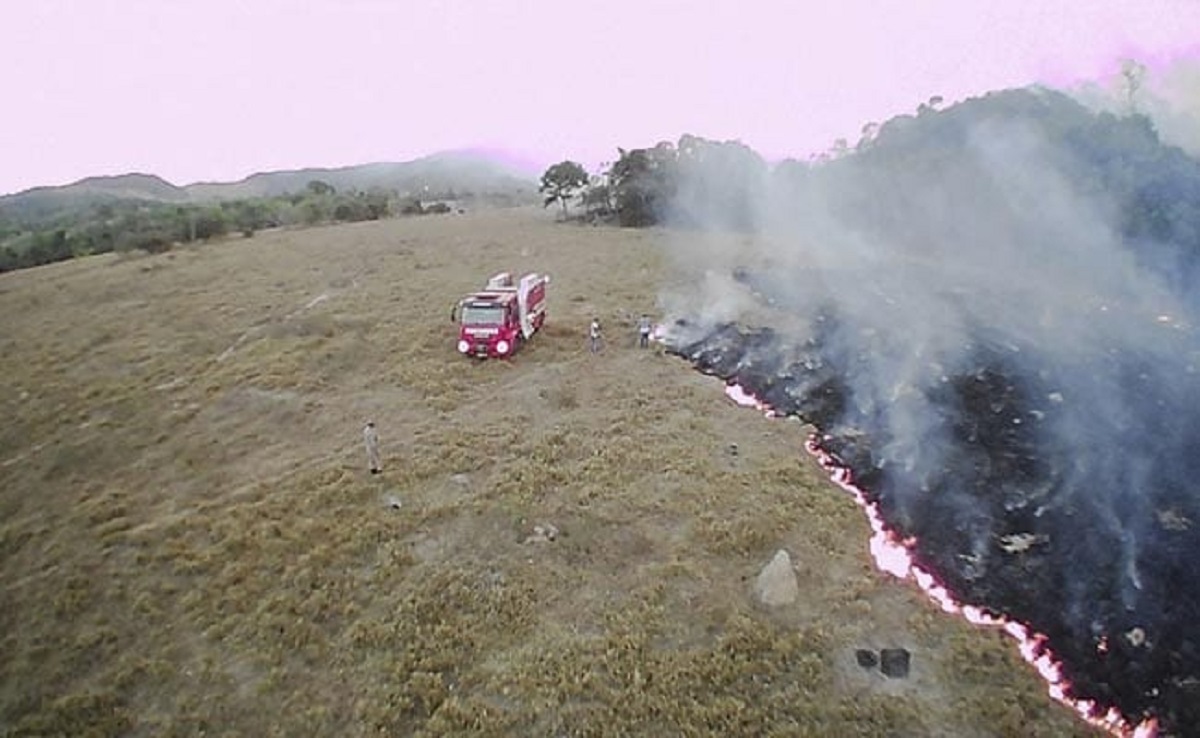A new study by NASA has revealed that the Amazon rainforest is drying up and that too for the past 20 years. This, in turn, has increased the demand for water and has left the ecosystems vulnerable to fires and drought. According to the deep analysis by scientists at NASA, ongoing human activities, most significantly, the burning of forests to clear land for agriculture and grazing are hugely accountable for the drying up of the Amazon rainforest. Also, a combination of these activities is causing Amazon's climate to warm.
When a forest burns, it releases particles called aerosols into the atmosphere — among them, black carbon, commonly referred to as soot. While bright-colored or translucent aerosols reflect radiation, darker aerosols absorb it. When the black carbon absorbs heat from the sun, it causes the atmosphere to warm; it can also interfere with cloud formation and, consequently, rainfall.
Why is Amazon rainforest important?
The Amazon is the largest rainforest on Earth. When healthy, it absorbs billions of tons of carbon dioxide (CO2) a year through photosynthesis — the process plants use to convert CO2, energy and water into food. By removing CO2 from the atmosphere, the Amazon helps to keep temperatures down and regulate climate.
But it's a delicate system that's highly sensitive to drying and warming trends.
Trees and plants need water for photosynthesis and to cool themselves down when they get too warm. They pull in water from the soil through their roots and release water vapor through pores on their leaves into the atmosphere, where it cools the air and eventually rises to form clouds.
The clouds produce rain that replenishes the water in the soil, allowing the cycle to continue. Rainforests generate as much as 80 per cent of their own rain, especially during the dry season.
But when this cycle is disrupted by an increase in dry air, for instance, a new cycle is set into motion — one with significant implications, particularly in the southeastern Amazon, where trees can experience more than four to five months of the dry season.
"It's a matter of supply and demand. With the increase in temperature and drying of the air above the trees, the trees need to transpire to cool themselves and to add more water vapor into the atmosphere. But the soil doesn't have extra water for the trees to pull in," said JPL's Sassan Saatchi, co-author of the study.
"Our study shows that the demand is increasing, the supply is decreasing and if this continues, the forest may no longer be able to sustain itself," he said.

What would happen if the Amazon rainforest continues to dry?
Scientists observed that the most significant and systematic drying of the atmosphere is in the southeast region, where the bulk of deforestation and agricultural expansion is happening. But they also found episodic drying in the northwest Amazon, an area that typically has no dry season. Normally always wet, the northwest has suffered severe droughts over the past two decades, a further indication of the entire forest's vulnerability to increasing temperatures and dry air.
If this trend continues over the long term and the rainforest reaches the point where it can no longer function properly, many of the trees and the species that live within the rainforest ecosystem may not be able to survive. As the trees die, particularly the larger and older ones, they release CO2 into the atmosphere; and the fewer trees there are, the less CO2 the Amazon region would be able to absorb — meaning we'd essentially lose an important element of climate regulation.
The study, "A Recent Systematic Increase in Vapor Pressure Deficit Over Tropical South America," was published in October in Scientific Reports. The science team used data from NASA's Atmospheric Infrared Sounder (AIRS) instrument aboard the Terra satellite.
Also Read | Amazon rainforest is drying up since 2 decades, says NASA
Also Read | NASA's Voyager 2 becomes second spacecraft to reach interstellar space
